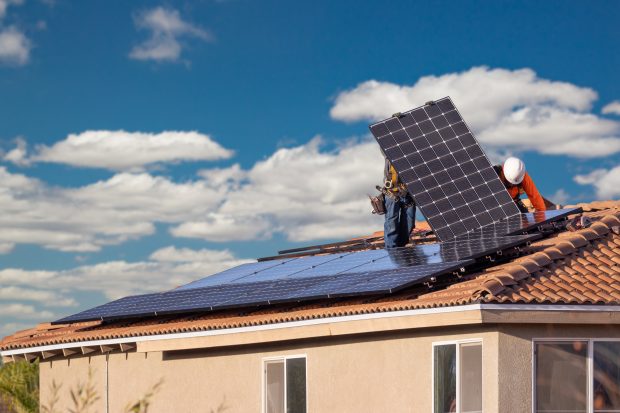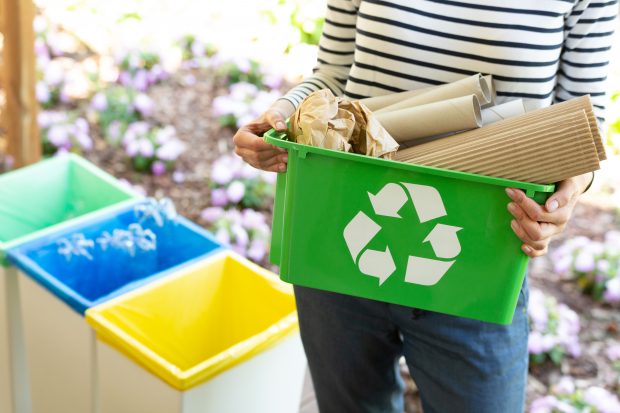Nowadays, people have become more informed about how their household choices and resources can either contribute environmental change or damage. This awareness has made an impact on how people approach their concerns and how they can sustain their needs without harming the environment.

Household Eco-Friendly Changes To Consider
While you might tend to depend on your lawmakers to make environmental changes, it would be best to take initiative and start at home. Aside from the fact that going eco-friendly helps decrease your carbon footprint, this approach is good for your wallet, too. It’s an economical decision for your home and your budget.
There are various ways you can implement minor and sustainable changes to create a greener home. To show you, here are three eco-friendly practices to begin at home today:
1.Install Solar Panels
If you want to make a major change in how you run the household, but don’t know where to start, try checking your monthly electric bill. Apart from reminding the kids to unplug electrical devices after using, there are other ways to make the instant shift. One of these is to invest in residential solar energy systems.
Solar power systems derive direct, pure energy from the sun. This energy approach helps you minimize your dependence on conventional energy coming from coals and natural gas. Burning these fossil fuels to meet energy demands causes continuous harm to the environment.
Keep in mind that greenhouse gases pollute the air, causing climate changes. Also, unlike traditional energy sources, solar energy doesn’t pollute your water streams or make use of water to generate electricity.
While solar panels are initially quite expensive, these can be great long-term investments that can help you potentially save more money over time. For instance, during spring season, your solar energy systems can collect more than what you and your family would consume. This helps you save money on your monthly electric bill.
Moreover, this upgrade can help you a lot during the summer months as you frequently run the air conditioner and other cooling appliances. Some families even settle with solar panels alone as this can make and sustain enough electricity for them to go off-grid.
2.Shop Vintage
If you’re fond of purchasing new rugs, miniature items, and even new furniture pieces to spruce up your home, try checking in with your local thrift store. Not only will this shift help you support local businesses, this can also help you decrease the amount of pieces heading to nearby landfills.
Moreover, once you start purchasing antique and secondhand collectibles, you’ll have prized items that you can pass on or resell in the future. Not only will you be able to stick to your budget, but this is also a great way to spark change and beautify the rest of your space.
Unlike compulsive shopping at malls, going to a vintage shop might require you to already have a conscious list of what to buy. This may help reinforce the habit of spending mindfully and prevent you from purchasing quick fixes that would only end up in landfills.
Also, buying secondhand pieces means your purchase won’t be requiring new resources. Hence, the next time you shop for clothes, head to your nearest thrift store. Better yet, learn to restyle your old outfits. All these initiatives can help you minimize waste and demand for producing large piles of new belongings and materials.
3.Recycle As Much As You Can
Recycling your litter can do wonders not only in your savings, but also to your home. It’ll encourage you to think outside the box and be creative in breathing life to useless items.
For instance, instead of throwing away your old and ill-fitting shirts, you can cut them up and turn them into rags. This will help you use fewer paper towels when cleaning tables and shelves.
To support this lifestyle shift, you can designate a place where you can put your plastic bottles, jars, cans, cardboards, and the like. When this is already full, you can start separating which items you can repurpose immediately.
While you’re at it, you can allow the kids to join and get entertained in this activity. This can be a fun weekend routine your kids will surely love and look forward to. The finished product can either be embellished in your home or displayed in your local, recycling business.
Likewise, this routine can help them gain awareness and understand the importance of recycling at a young age. When their peers see this, they might get interested to create art out from useless belongings, too. When your kids get older, repurposing household items will become second nature to them.
Final Thoughts
You don’t need to go big as you implement these practices into the household. Instead, take it one change at a time so as to make this lifestyle shift sustainable for you and your family. By following the suggestions above, you’ll surely be able to create a greener home and gradually reduce your carbon footprint as a unit.




